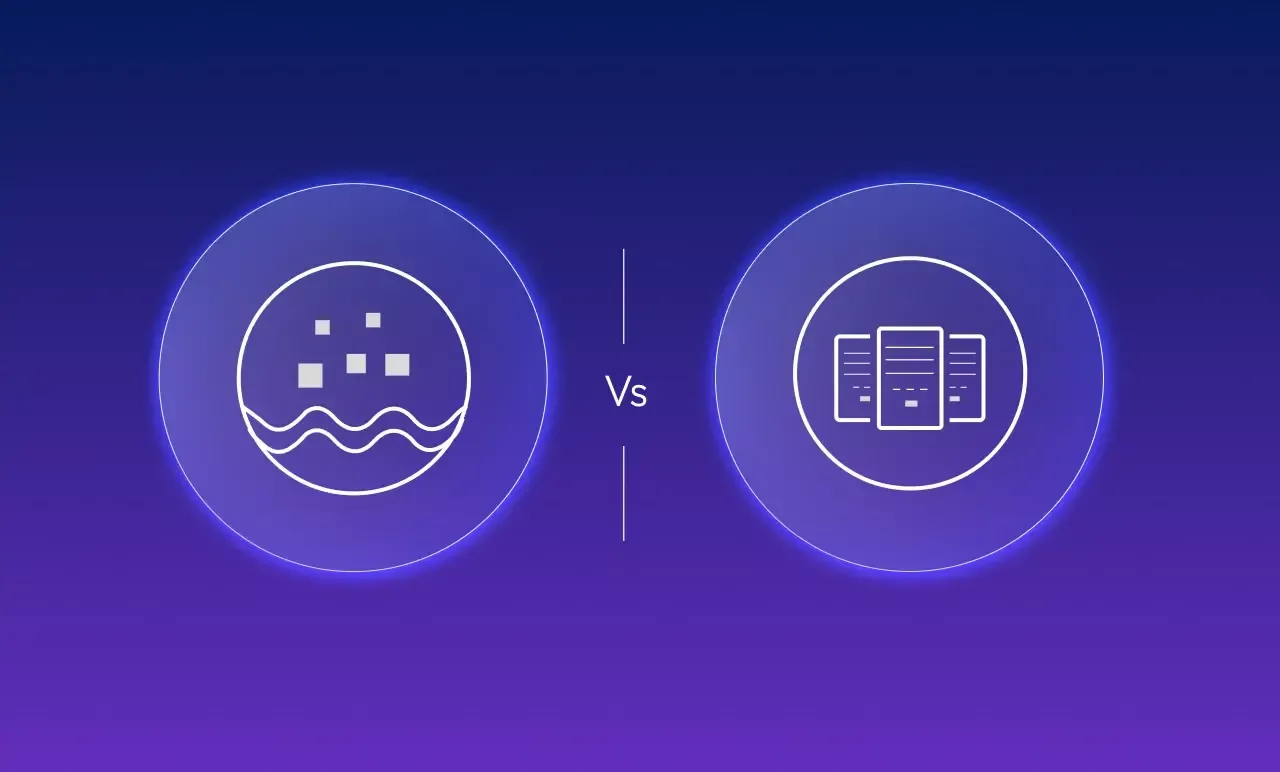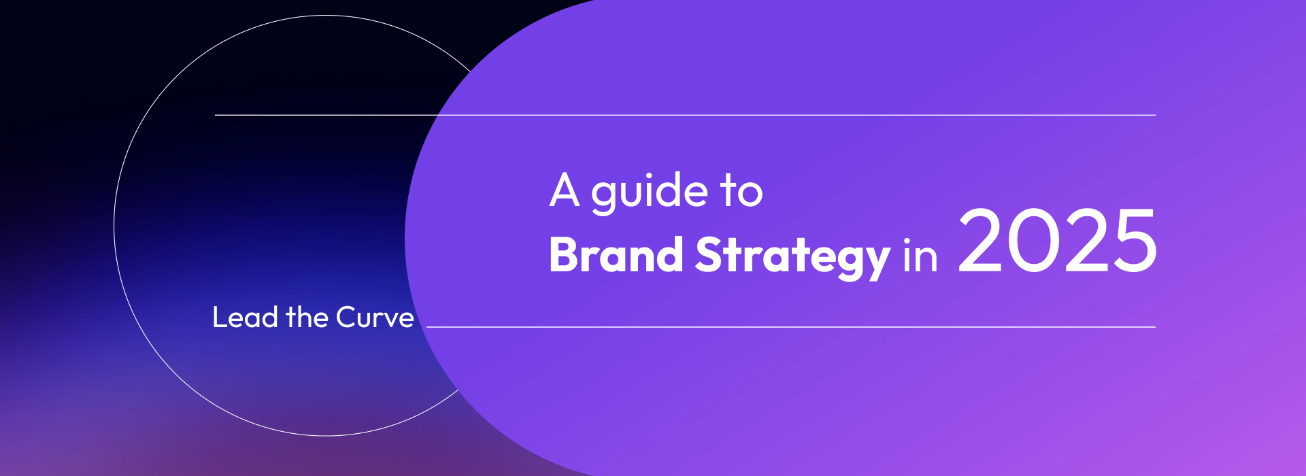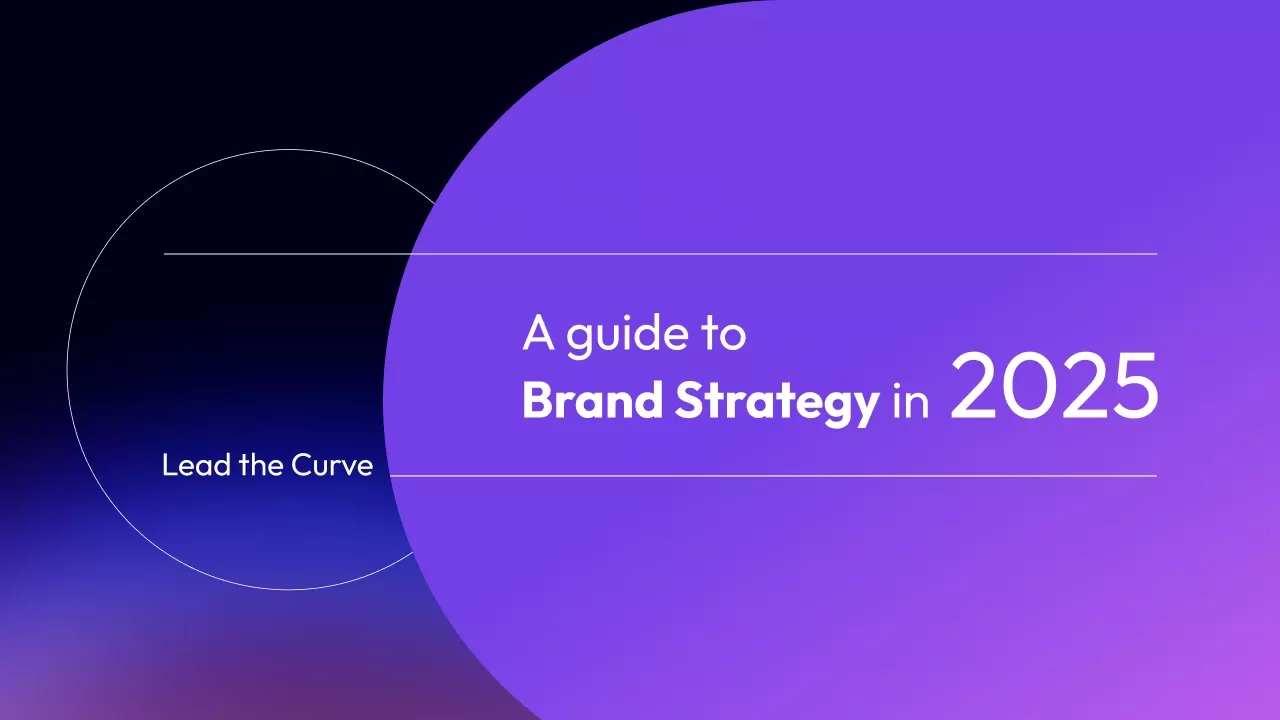Data Storage Decoded: Data Warehouse vs Data Lake Explained
Top Brand Building Strategies You Must Know in 2025
In a world overwhelmed by information, your brand has only a few seconds to make a lasting first impression. This makes thoughtful brand building strategies more important than ever.
Brands that successfully connect with their audience on an emotional level, offering value in a way that resonates, are the ones that stand out.
A strong brand strategy defines your unique position in the market, builds trust and drives recognition and loyalty. Achieving this requires a deep understanding of your audience, strategic brand positioning, and seamless execution across all touchpoints.
In this guide, we’ll explore the key steps to create a brand strategy that sets your business up for success in 2025.
What Are the 10 Steps to Build Your Brand?
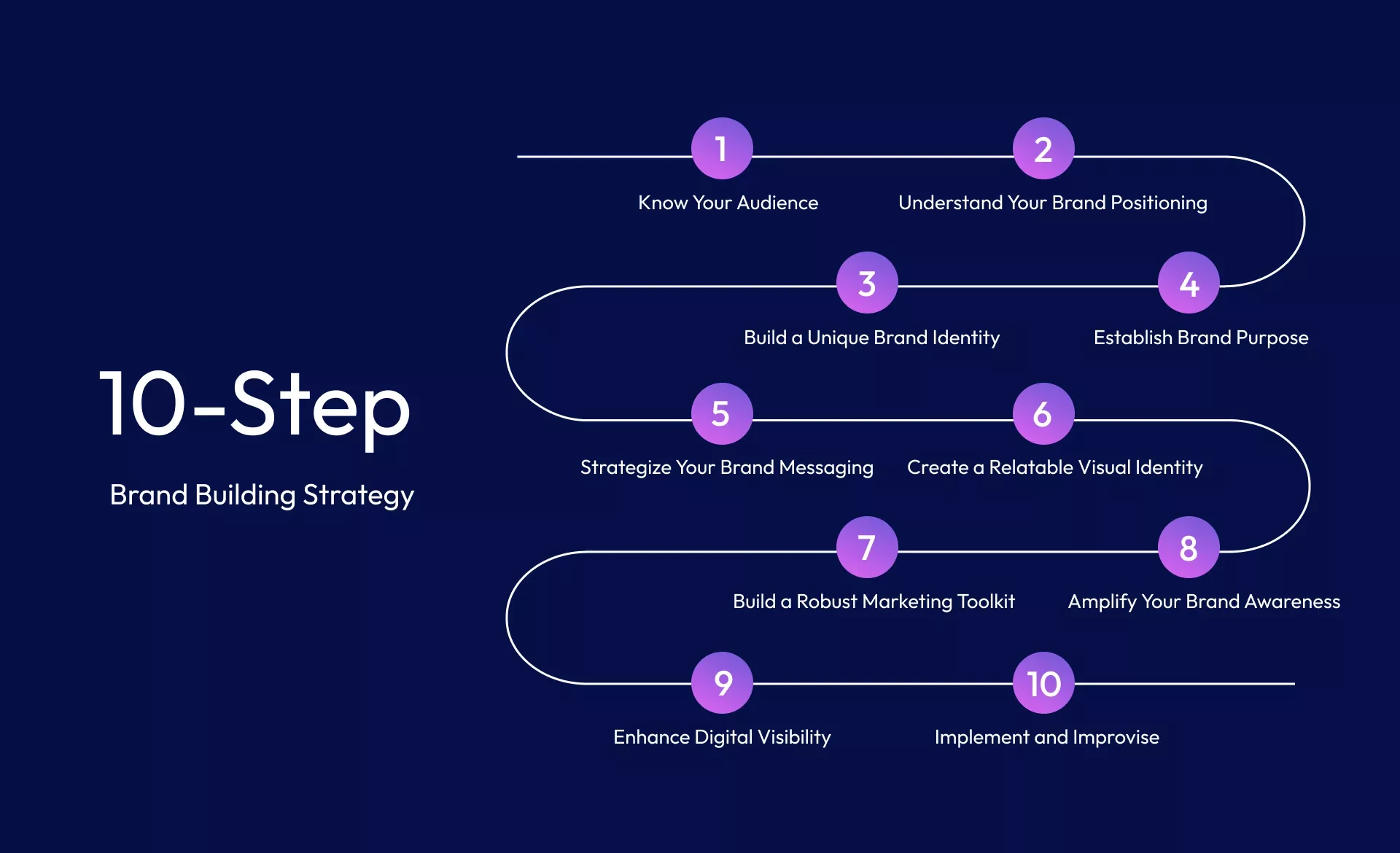
Know Your Audience
Businesses fail when consumers feel the former doesn’t understand their needs.
Avoid this by identifying your target audience and prioritizing their goals, problems, and preferences.
Understanding your audience shapes your messaging, tone, visuals, and pricing while ensuring your marketing resonates with the right people.
Conduct market research to uncover demographics and user personas, tailoring your brand to engage new and loyal customers alike.
Remember, reaching the wrong audience is like selling tenderloin steaks to vegetarians. Take the time to know your audience and build a brand that truly connects.
Understand Your Brand Positioning
Standing out in a crowded marketplace requires more than just understanding the competition.
At the core of every successful brand strategy lies effective positioning.
How your brand is perceived in the market directly influences consumers’ trust, engagement, and their belief in your ability to meet their needs.
Brand positioning defines:
- Your competition within the market.
- Your value or how much consumers or businesses are willing to pay for your offerings.
Dive into the market, analyze competitor strategies, and explore social media pages of similar businesses to uncover your audience’s preferences and expectations.
Create a brand building strategy centered around how your product or service fulfills your audience’s needs better than competitors.
A key question to address here is:
Why should your audience trust and choose you?
Build a Unique Brand Identity
Even if your product mirrors others, a cohesive and consistent brand image can captivate your audience and inspire loyalty.
Define your Unique Selling Proposition (USP) as one of your key brand building strategies.
Address customer pain points head-on and offer solutions that outshine competitors. Don’t shy away from showcasing direct comparisons. Confidence in your product or service builds trust.
Go a step further with storytelling to forge emotional connections. Share your brand’s history, mission, and values in a way that resonates with your audience.
When you blend a clear USP with compelling storytelling, you create a brand identity that builds loyalty.
Establish Brand Purpose
Your brand purpose is the reason your brand exists and the impact it creates in the world. It’s about solving real problems, meeting specific needs, and delivering genuine value.
Brands like Unilever show how a purpose-driven approach can fuel growth and build trust, with its purpose-led brands accounting for 75% of company growth.
Start by reflecting on your origins:
- What problem did you aim to solve?
- What gap were you trying to fill?
Then, come up with a purpose that is authentic, drives decisions, and delivers results.
Strategize Your Brand Messaging
Your best brand building strategies for 2025 cannot be complete without cohesive messaging. It bridges the gap between your positioning and your audiences—clients, employees, influencers, and partners.
It includes key elements like:
- Messaging Architecture:
- Core messages tailored for each audience.
- Responses to objections and supporting proof points.
- Messaging House Framework:
- Roof: Your overarching statement (e.g., “We sell the world’s best biscuits”).
- Pillars: Key supporting messages.
- Foundation: Stats and evidence backing your claims.
- Proposition Statement:
A clear elevator pitch explaining what you do, for whom, and why you’re unique. - The Tone of Voice:
Ensure consistent communication across all platforms with a defined ToV guide.
Create a Visual Identity That Resonates
A brand’s visual identity isn’t just about aesthetics. It’s about creating a cohesive and engaging experience that builds recognition and trust with your audience.
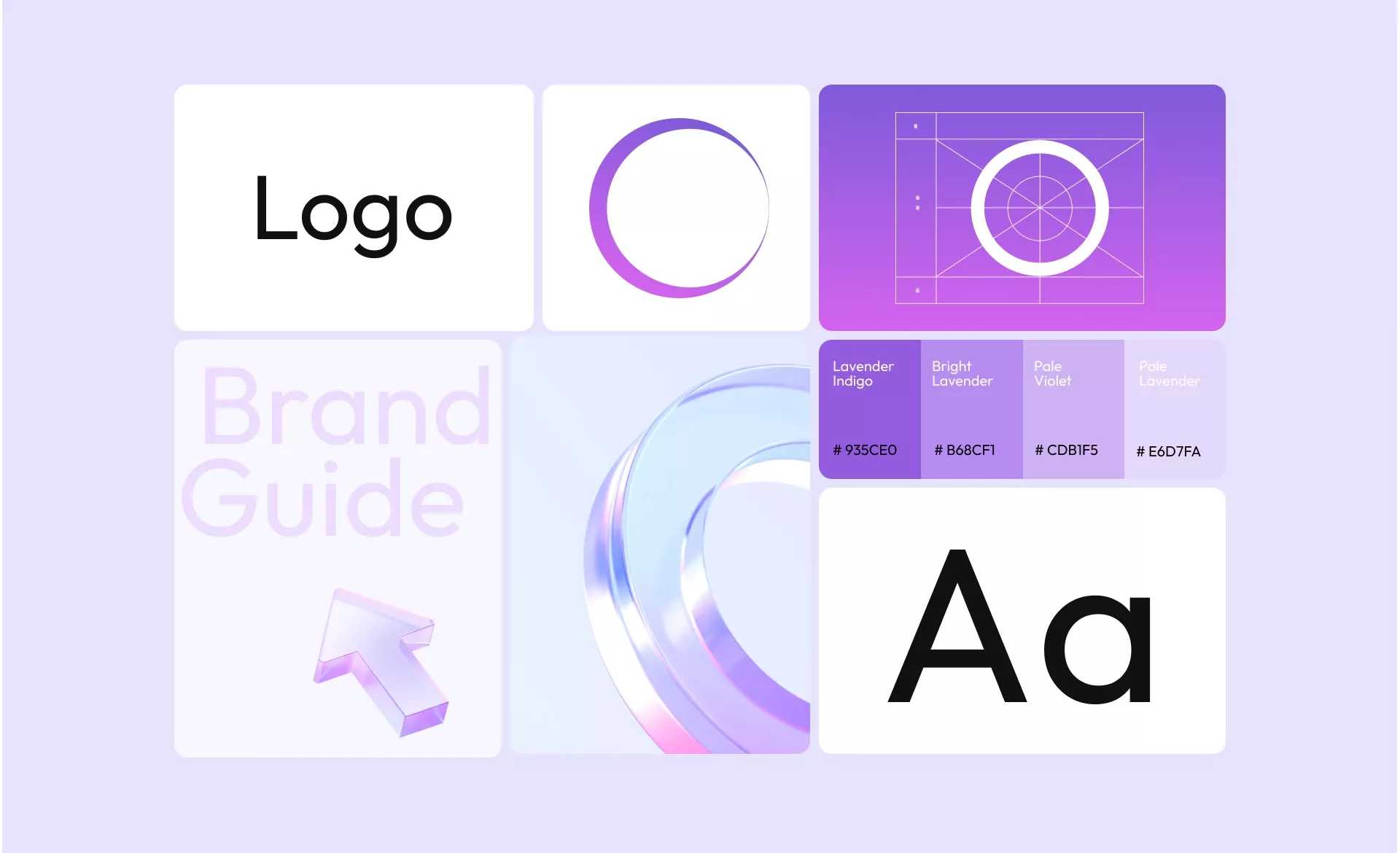
Start by establishing the following key brand strategy elements:
- Logo: A strong, memorable design that embodies your brand’s essence.
- Color Palette & Typography: Choose colors and fonts that align with your aesthetic and message.
- Tagline: A concise statement that encapsulates your value and speaks to your audience.
Tools like Canva and Adobe Illustrator make it easy to create logos, choose fonts, and design visuals with templates that tell your story at a glance.
To ensure consistency, document everything in a style guide, which serves as the blueprint for applying your identity across platforms.
Align Your Marketing with a Content-First Approach
For a strong brand building strategy, align sales and marketing with data, keep messaging consistent, and focus on long-term planning, avoiding ad hoc campaigns that dilute your identity.
Content marketing is central to this approach. Delivering valuable and educational materials builds visibility, enhances reputation, and engages your audience more effectively than traditional awareness campaigns. It attracts, nurtures, and qualifies prospects while reinforcing your brand’s relevance.
To amplify these efforts, build a robust marketing toolkit, including:
- Digital assets like pitch decks, brochures, and one-page sales sheets.
- Videos highlighting firm overviews, case studies, or “meet the team” content.
- Printed collateral for in-person events and conferences.
Together, these tools not only support business development but also strengthen your brand’s presence and impact.
Amplify Your Brand Awareness
To put your brand in the spotlight, leverage diverse channels like social media, advertising, and email marketing.
Craft engaging emails with newsletters, tips, and valuable content that subtly highlight your brand’s offerings while keeping your audience informed and intrigued.
Consistency is the golden rule. Ensure your messaging, visuals, and tone remain uniform across all platforms to create a seamless and memorable brand experience.
Use Technology to Connect and Captivate
When technology meets creativity, your brand becomes unforgettable.
From managing social media accounts to launching marketing campaigns, digital platforms provide the gateway to connect with your audience and leave a lasting impact.
- Social Media: With over 90% of marketers using social media for brand awareness, platforms like Instagram and Twitter are essential. Create platform-specific content, use hashtags to boost visibility, and run targeted ads to engage your audience.
- Websites: Optimize your website for search engines to increase visibility and attract organic traffic.
- Data-Driven Insights: Use analytics to understand audience preferences, buying patterns, and emerging trends, enabling you to refine strategies and maximize ROI.

Integrate your brand building strategies with emerging technology, adapt to customer preferences, and keep up with graphic design trends. Combine a distinct market position with engaging messages, striking visuals, and innovative tools to craft a brand identity that resonates and endures.
Improvise, Adapt, Overcome!
Keep your brand building strategy evolving.
Too often, great plans fall by the wayside when day-to-day tasks take over. To avoid this pitfall, closely monitor progress post implementation.
- Analyze Performance
- Stay Ahead of Competitors
- Set and Track KPIs
If you’re not meeting your objectives, pivot where necessary—revise your messaging, enhance your visuals, or adopt new technologies that elevate the customer experience.
Wrapping it up…
Creating brand building strategies is about creating a lasting impression through strategic promotion and thoughtful advertising. It’s not just about visibility; it’s about elevating your brand’s value with a unique, recognizable identity that sets you apart.
Effective branding shapes perceptions, fosters meaningful connections, and builds trust with your audience.
With the right steps in place, you can establish a powerful presence that drives long-term success.
Transform your business into an iconic brand with strategies that not only make you stand out but also fuel sustainable growth and lasting impact. Get in touch with our experts today!
Email us or Talk to us at +91-98367-81929 or Simply Contact Us through the website.
Let's Connect


